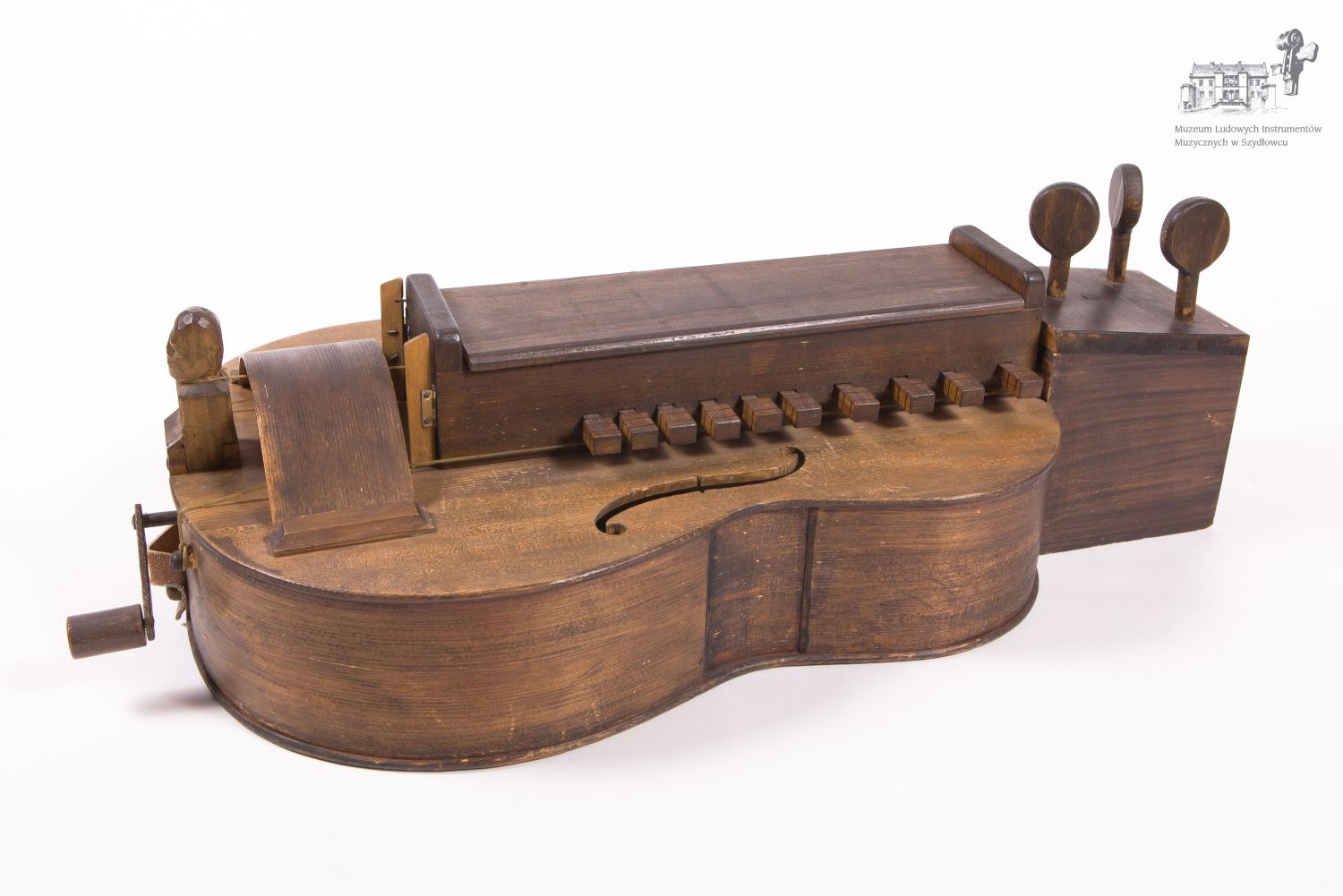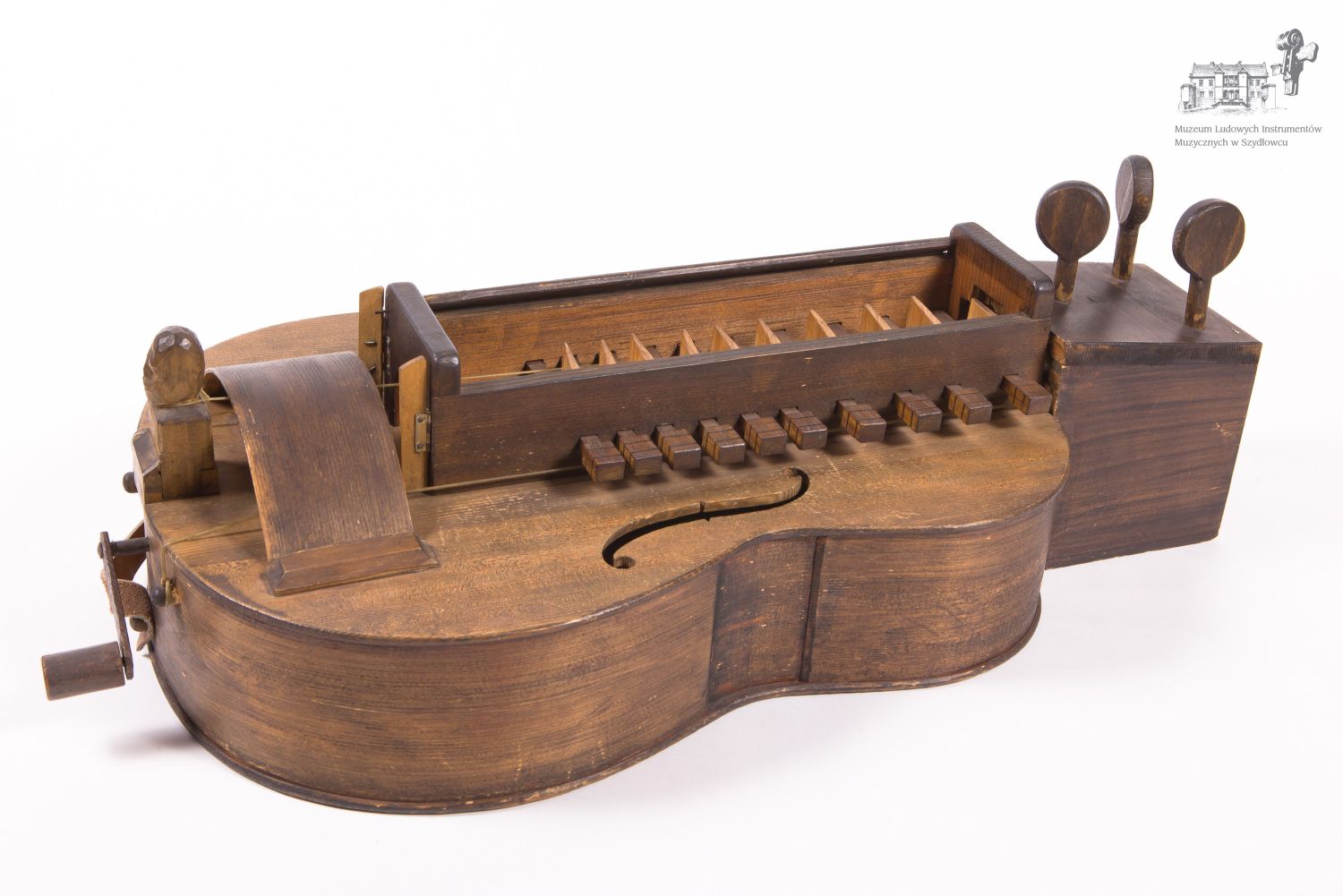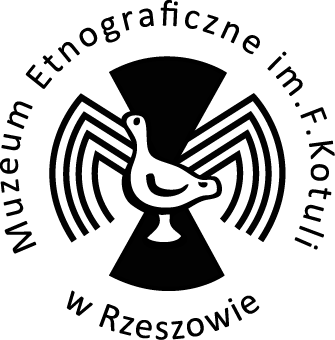hurdy-gurdy
Barbara Wilińska, hurdy-gurdy; rec. All the World's Mazurkas, Warsaw 2014; IMIT
Janusz Prusinowski, hurdy-gurdy; rec. All the World's Mazurkas, Warsaw 2014; IMIT
hurdy-gurdy
Local name: lira (lyre), lira kręcona (turned lyre), lira dziadowska, lira żebracza (beggar’s lyre), lira wiejska, (country lyre)Classification: 3 Chordophones / 32 Composite chordophones / 321 Lutes / 321.3 Handle lutes / 321.32 Necked lutes / 321.322 Necked box lutes or necked guitars / 321.322-72 Necked box lutes or necked guitars sounded by bowing by a wheel
Maker: Królikowski Adam
Date: 1969
Village / Town: Żywiec
Region: Lesser Poland
Country: Poland
Owner: Museum of Folk Musical Instruments in Szydłowiec
Inventory number: MS/S/32
Description: a guitar-shaped body constructed from flat plates and bent ribs with keybox and pegbox attached to it; three strings: the melody one (inside the keybox, shortened by ten tangents) and two bourdon strings outside of the keybox; strings are agitated by the rim of a wheel bow turned by a crank; the instrument is modeled on traditional Ukrainian lyres
Decoration: the hook of the melody string has an anthropomorphic form
Measurements: 645 x 310 x 95 mm
Materials: wood, metal, catgut
Sound compass, tuning: diatonic eleventh; tangents may be shifted to a degree, which makes it possible to produce different scales
Performance practice: used in the territories of the First Polish Republic by wandering singers, or "dziady", mainly in the east, especially in White Russia and Ukraine, where it survived until the interwar period, later played sporadically; in ethnically Polish regions (the areas of Rzeszów and Sandomierz) it disappeared completely before World War I; nowadays reactivated in the folk revival
Catalog card by: Maria Żurowska / Zbigniew J. Przerembski
Design (PDF)
<< Back














